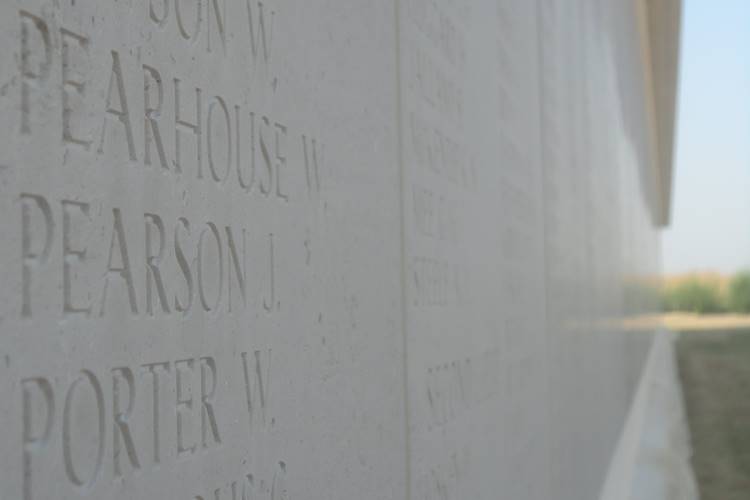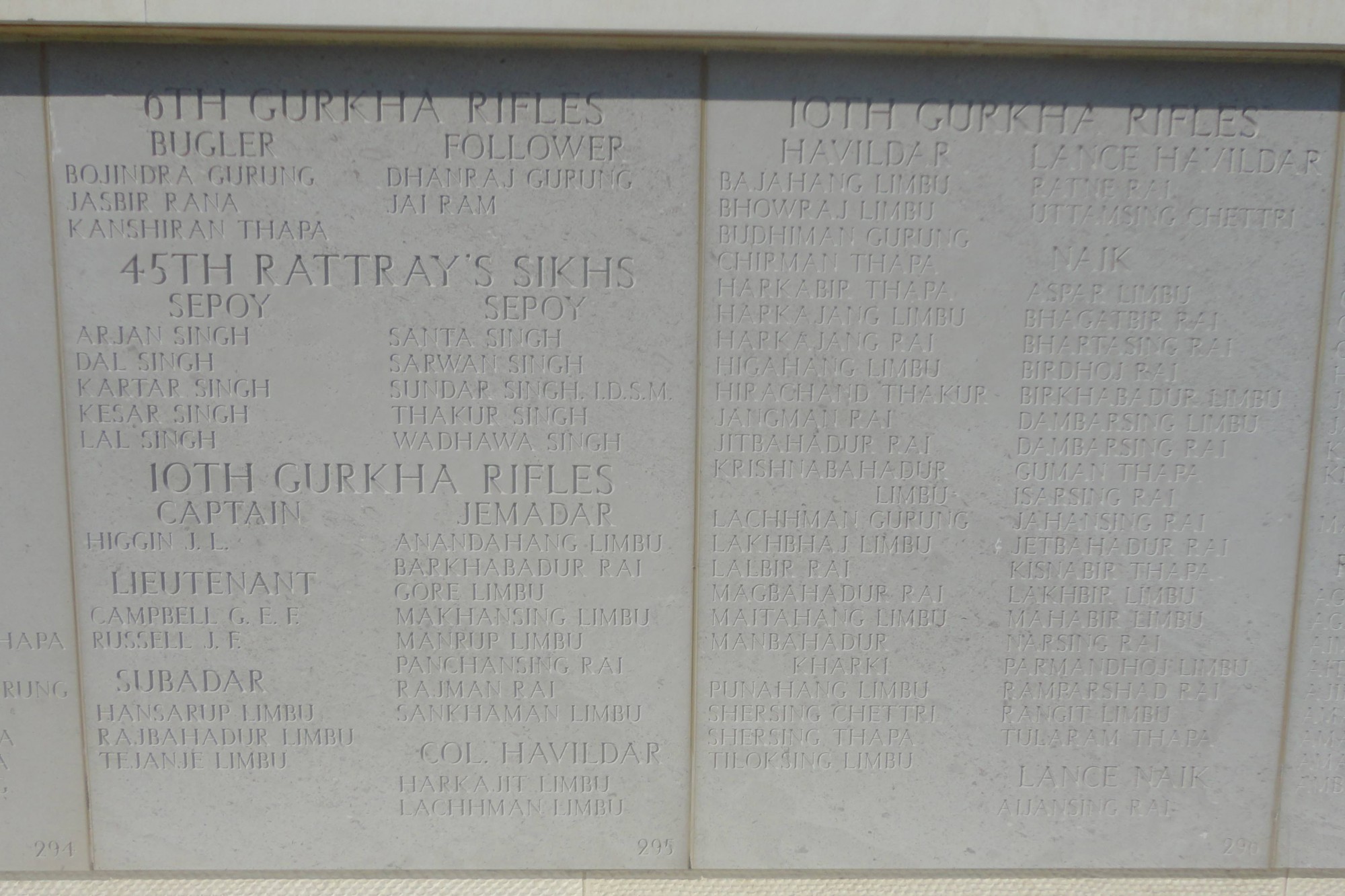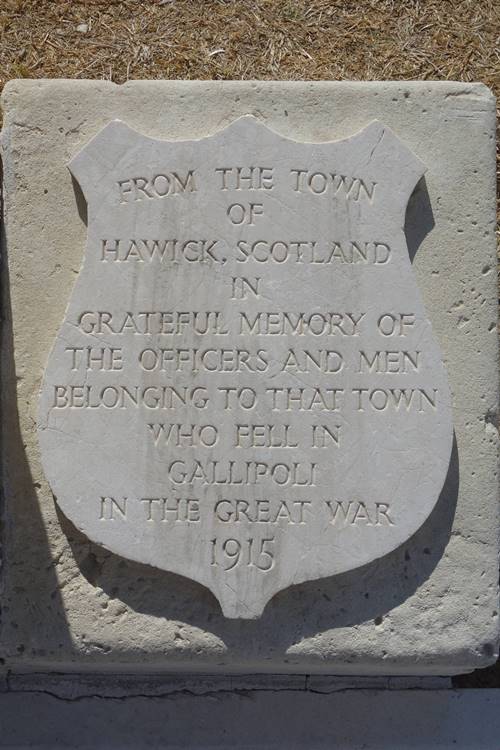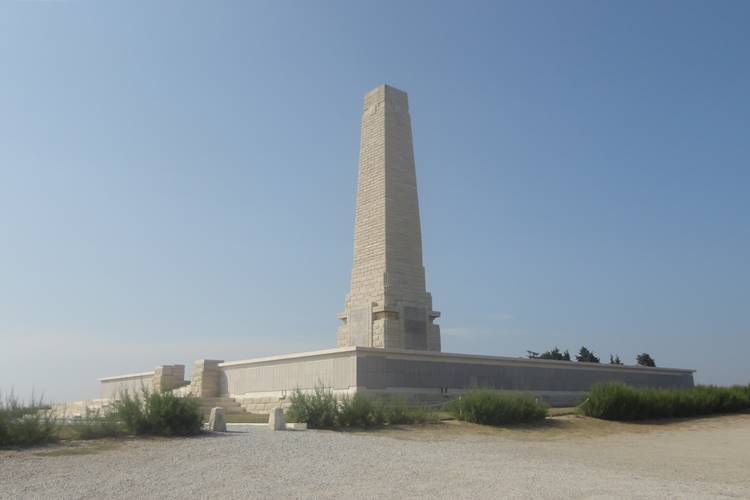This article on the Helles Memorial at Gallipoli is one of a number of articles I’ve written on the campaign. In addition, I have also written guides to help you research those who served in the British and Indian Armies during the First World War:
- Guides to Gallipoli
- Researching Soldiers who Served with the British Army
- Researching Soldiers who Served in the Indian Army
The Helles Memorial Gallipoli
The Helles Memorial at Gallipoli has a dual function in that it serves as both a memorial for the Gallipoli Campaign while also commemorating servicemen who died and have no known grave. The memorial bears the names of more than 21,000 men, listed by unit, on the panels around the stone wall. Arranged by regiment or corps, the panels record names by rank and then alphabetically. Commemorated on the panels are all the British and Indian soldiers with no known graves who died throughout the campaign while the 249 Australians died on the Helles front. Australians who died elsewhere during the campaign are commemorated on other memorials to the missing, including at Lone Pine.
The Helles Memorial was designed by Sir John Burnet who also designed the majority of memorials and cemeteries on the peninsula. At its centre is a 32.9-metre high obelisk which looks out over the Dardanelles Strait to the Plains of Troy. The memorial was sited on the edge of a cliff so it would be clearly visible to all passing shipping. 


In 1926, the Hawick Memorial was taken out to Helles and laid on the memorial by Margaret Patrick, whose son Second Lieutenant John Bonthrone Patrick 4th Battalion The King’s Own Scottish Borderers was killed in the attack. A letter from David Smith, senior master HMS London, published in the Hawick News and Border Chronicle on 10 October 1930 describes the memorial:
Sir, The citizens of Hawick will be pleased to know that the memorial tablet which they placed at the foot of the Gallipoli Cenotaph [Helles Memorial] in memory of the men of Hawick who lost their lives at Gallipoli rests there in perfect condition. A visit to the Peninsula, the battlegrounds and cemeteries, was made on September 23rd. The French and British cemeteries are all beautifully arranged and kept in a very good condition, no doubt a result of endeavours of the War Graves Commission. Turkish law prevented my taking photographs. I was most impressed with your tablet, laid in a most conspicuous place.
There are two cemeteries located close to the memorial, as is the solitary grave of Lieutenant-Colonel Charles Doughty-Wylie VC. The closest is V Beach Cemetery. which is just below the memorial and can be seen from the clifftop. Lancashire Landing Cemetery is further away and can be found by taking the road in front of the memorial and walking away from Seddulbahir. It is about a mile away. If you continue up the road you’ll pass Pink Farm Cemetery before reaching Alcitepe.

